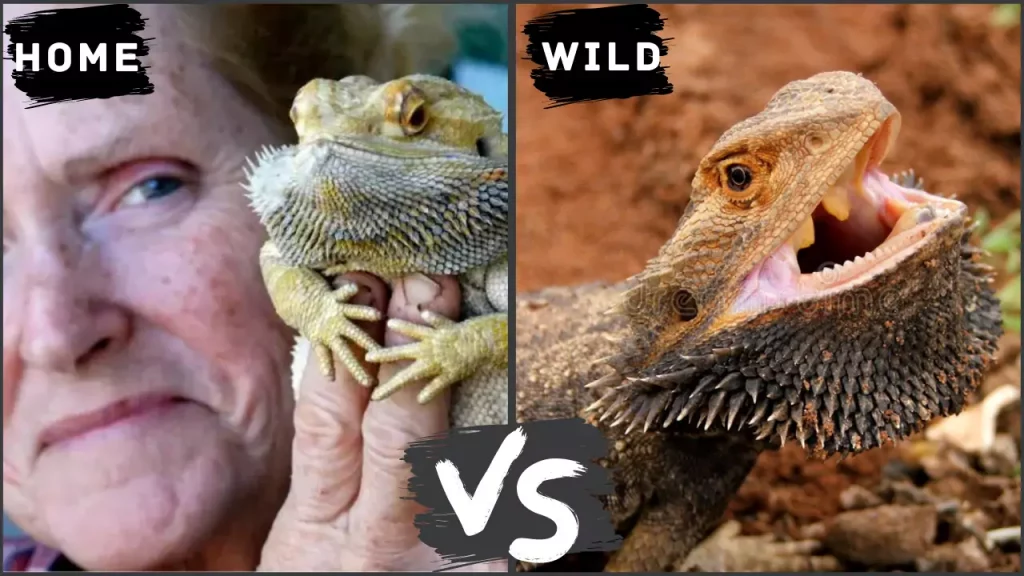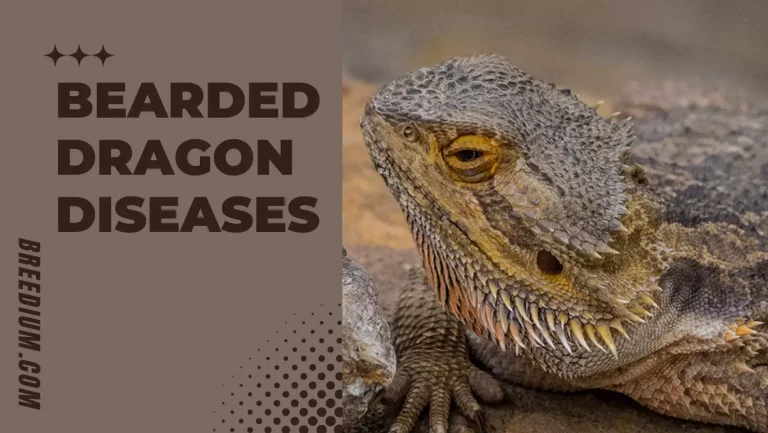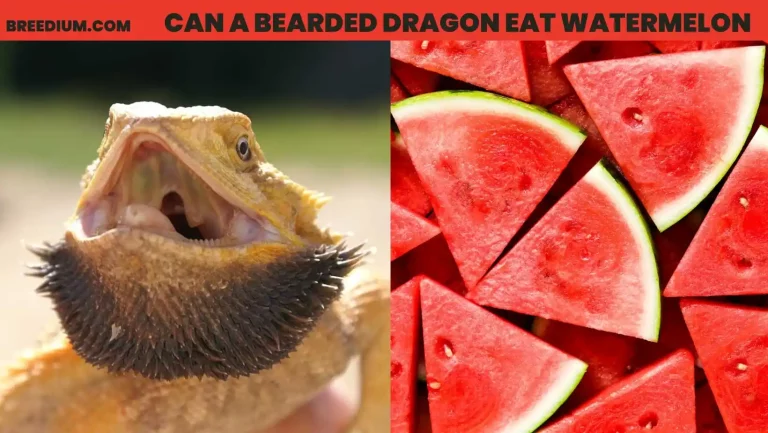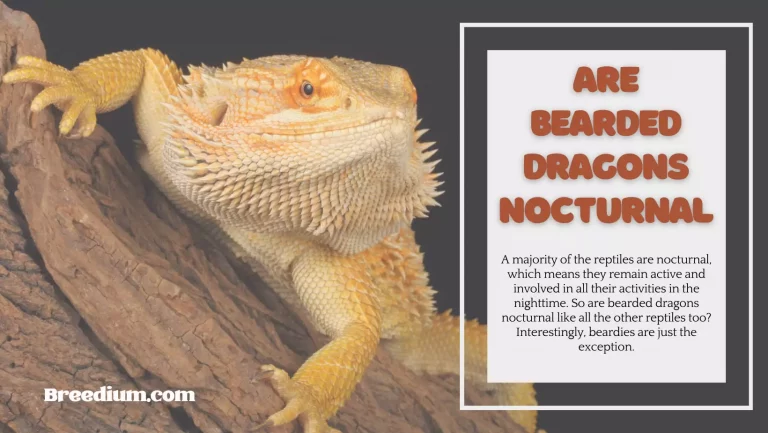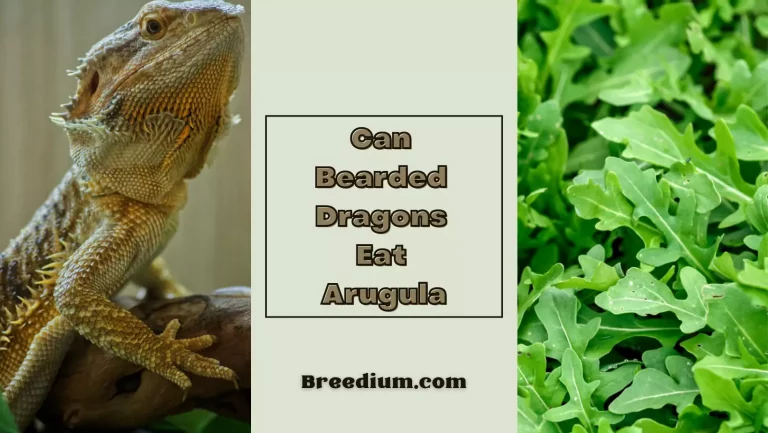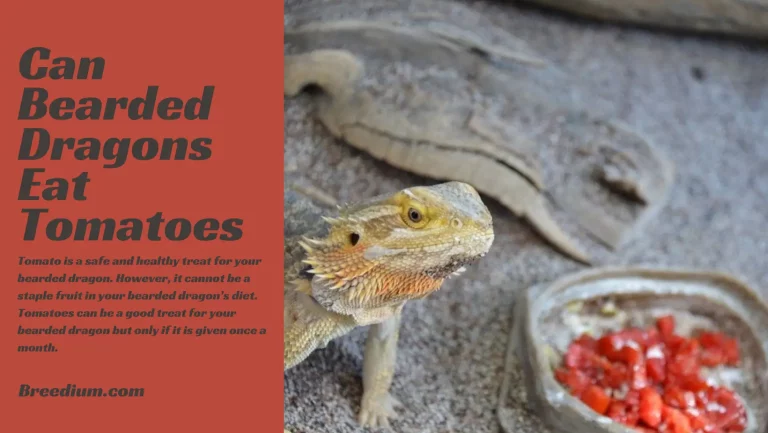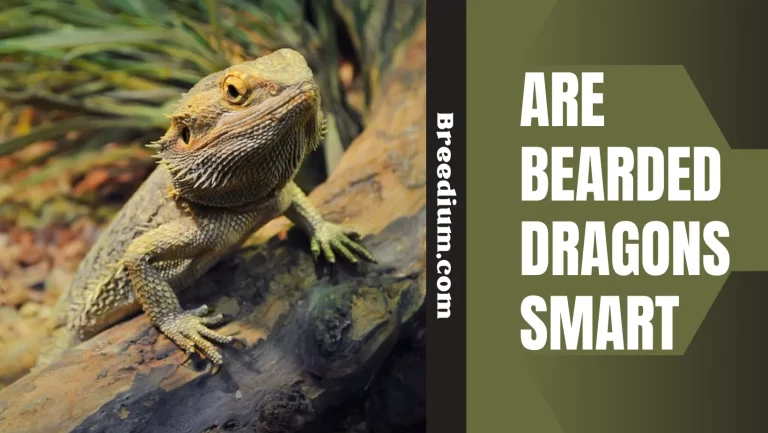What Do Bearded Dragons Eat In The Wild? Natural Diet 2024
Bearded dragons are reptilians that originate in the arid and sandy deserts of Australia. These dragons are found in various semi-arid forests and now, all thanks to breeders and pet shops, you can get a bearded dragon as a pet! The food requirements of these reptiles are unique according to their origin. You may want to do some research about what is necessary for these reptilians. What do bearded dragons eat in the wild? And do they eat differently when they are pets?
All pet owners must understand that the difference between a wild bearded dragon and a pet dragon is the same as a wild plant and a plant growing in the controlled environment of a plantation. The wild dragons eat differently, and your pet cannot follow the same!
What Do Bearded Dragons Eat In The Wild
Wild bearded dragons are not fed on a plate so they eat whatever they can find. From wild weeds to stiff cacti leaves everything that can give them nutrition is fine for these wild reptilians. Bearded dragons rely heavily on insects, vegetables, and fruits. The wild dragons can eat any kind of vegetable that is available.
Since the slow metabolism of bearded dragons does not allow them to have sugary and fatty foods, one might think that wild dragon also doesn’t consume such foods. However, that is not so! The wild dragons eat anything that is available but that works for them because they exercise much more than dragons in captivity. So before we discuss in detail, the difference in nutrition requirements of bearded dragons in the wild and as pets, it is important to understand the difference in activity levels of both kinds of bearded dragons.
Difference In The Activity In The Wild And At Home
Imagine what the wild scenery is like. There are rocks, sand, and an expanse of land where bearded dragons roam every day looking for food! It is normal for wild animals to travel large distances every day. On the contrary, bearded pets have a glass tank, which is a few feet long and has everything they need. The most exercise that these pets get is a few rounds of the tank.
In the wild, bearded dragons eat on a budget, which means that if on a particular day, they are able to fetch more insects and vegetables, they will eat more, and then there will be some days that they do not find anything at all! The same is for water, the distribution and consumption depend on availability.
Moreover, bearded dragons living indoors are more sensitive to various environmental conditions and because they are living in a protected environment, their immune system is not as strong as those of wild dragons. Wild dragons are acclimatized to harsh conditions because they are used to living in the cold, heat, without water, and days without food. Your pet does not have the same body strength as it has not survived a single day against predators and all kinds of risks.
The stress threshold of wild bearded dragons is much more than that of pet dragons. Due to this, they burn calories faster, and therefore, they feel hungrier and may eat more than what pet dragons eat in a day. Moreover, you can check out Bearded Dragons 101, you will get all details about bearded dragons here.
Bearded Dragons Lifestyle Differences
Bearded dragons shed skin, and they grow into adults that require companionship. Mating and even dominating their space is the nature of these creatures. In the wild, bearded dragons might not live longer because their nutritional deficiencies do not make them fit for survival against all kinds of predators.
You may say that wild bearded dragons are street-smart. Yes, we mean this seriously! They might have more tactics and survival tricks, but their chances of living longer are less. Wild dragons eat insects, worms, ants, and even small rodents like mice and hamsters. However, the vegetables they consume are according to the individual days. Many pet owners think that if wild bearded dragons can live on anything, their pets can also eat the same kind of things. However, that is not so because of the difference in lifestyles. Lesser exercise, availability of balanced nutrition, and all environmental conditions under control.
Neither pet dragons live in a very cold environment nor a hot one. That is why they do not need a lot of calories and neither can they digest a lot of sugars or fats. You cannot give them insects that have more fat, and vegetables with more sugar are also off the table.
Nutritional Requirements Of Wild-Bearded Dragons
The nutritional requirements of bearded dragons revolve around protein, calcium, and vitamins. Protein is essential for muscles and calcium is crucial for bones. Moreover, the bearded dragon requires a strong metabolic calcium amount so that it does not develop any bone disease like MBD (Metabolic bone disease).
In the wild, bearded dragons do not get a good portion of every nutrient and therefore, they may develop diseases. However, pet dragons get s a balanced diet and they thrive as healthy dragons! While they have slower calorie burn, and their immune system is slower, they get a good diet and grow better than wild bearded dragons.
Conclusion
Bearded dragons living in the wild have different food requirements because of their varied lifestyle. When pet owners design the nutrition chart for their pet dragons, they cannot design it according to the lifestyle and foods consumed by wild dragons.
Frequently Asked Questions
Will wild bearded dragons need the same amount of protein and calcium?
Bearded dragons require calcium and protein according to their physique, and physical activity. The pet dragons and wild dragons would need the same amount of protein and calcium.
Should pet dragons eat the same kind of fruits and vegetables?
Bearded dragons can eat all kinds of things in the wild, but when they live in a controlled environment, they will need a different portion of all nutrients.

Emma is a pet enthusiast, and her way with words makes her an expressive writer. Her interests lie in healthcare and planning nutrition for various pets. She has two girls, and she’s passing her passion to them through occasional volunteer projects in the small neighborhood zoo. Emma joined our team as an enthusiast and has added more years to her experience by researching more about various creatures!


